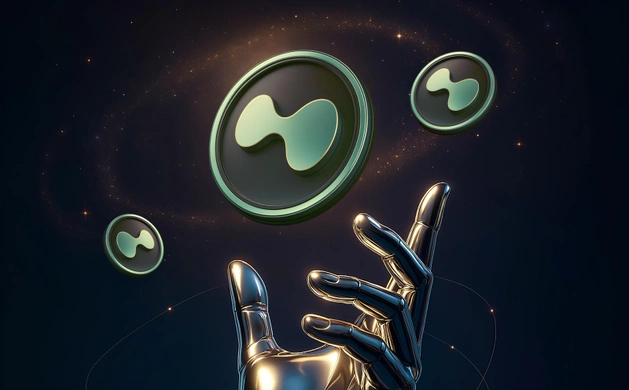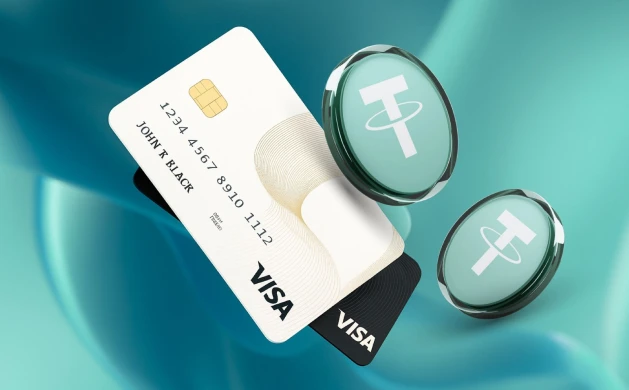USDC.e vs USDC Explained

Summary: USDC.e is a bridged version of USDC for networks like Avalanche and Arbitrum, but it lacks direct Circle support and is less liquid than native USDC.
As native USDC gains adoption, it's becoming the preferred option for smoother fiat conversions and broader DeFi integration, making it a more secure and flexible choice for users.
What is USDC.e?
USDC.e is a bridged version of USDC, created for networks like Avalanche and Arbitrum. It transfers Ethereum-issued USDC to these blockchains via cross-chain bridges. Unlike native USDC, it lacks direct Circle support, making fiat conversions and API use impossible without first moving it back to Ethereum.
USDC, issued by Circle, is fully backed by U.S. dollars and integrated across DeFi platforms, offering high liquidity and broad compatibility. Native USDC is replacing USDC.e as more networks adopt it, making it the better choice for direct fiat conversions and DeFi use.

USDC.e vs USDC
USDC.e and USDC differ in their functionality, liquidity, and compatibility across blockchains:
- USDC.e: A bridged version of Ethereum-based USDC for EVM networks like Avalanche, Polygon, zkSync and Arbitrum. It lacks direct Circle support and is less liquid compared to native USDC. To off-ramp or use Circle’s services, users must bridge it back to Ethereum.
- USDC: Native USDC is more liquid and widely available on popular dApps like AAVE and Unswap. It’s fully integrated with Circle, allowing seamless fiat conversions, broad DeFi compatibility, and high liquidity across multiple blockchains.
How to Swap USDC.e for USDC
Swapping USDC.e for USDC is simple on decentralized exchanges like Trader Joe, available on networks such as Arbitrum and Avalanche. With its strong liquidity and user-friendly interface, the process can be completed in a few quick steps:
- Connect Your Wallet: Open Trader Joe and link your wallet.
- Select Tokens: Choose USDC.e as the "From" token and USDC as the "To" token in the swap section.
- Review the Details: Verify the exchange rate and any applicable fees.
- Confirm Swap: Approve the transaction in your wallet to complete the swap.

Is USDC.e Safe?
Yes, USDC.e is generally safe, but it carries more risk than native USDC. Since it relies on third-party bridges, it faces potential vulnerabilities in smart contracts and has lower liquidity.
As USDC.e is being phased out in favor of native USDC on most blockchains, its reduced support could affect usability and value.
Bottom Line
In short, USDC.e is a bridged version of USDC used on networks like Avalanche and Arbitrum, but it doesn’t have the same direct support or liquidity as native USDC. While generally safe, it does come with extra risks due to its reliance on bridges. As more platforms adopt native USDC, it's becoming the go-to option for easier fiat conversions and better DeFi integration.
If you hold USDC.e, swapping to native USDC is a smart move for better security and flexibility.
.webp)
Written by
Jed Barker
Editor-in-Chief
Jed, a digital asset analyst since 2015, founded Datawallet to simplify crypto and decentralized finance. His background includes research roles in leading publications and a venture firm, reflecting his commitment to making complex financial concepts accessible.



%2520(1).webp)
.webp)



